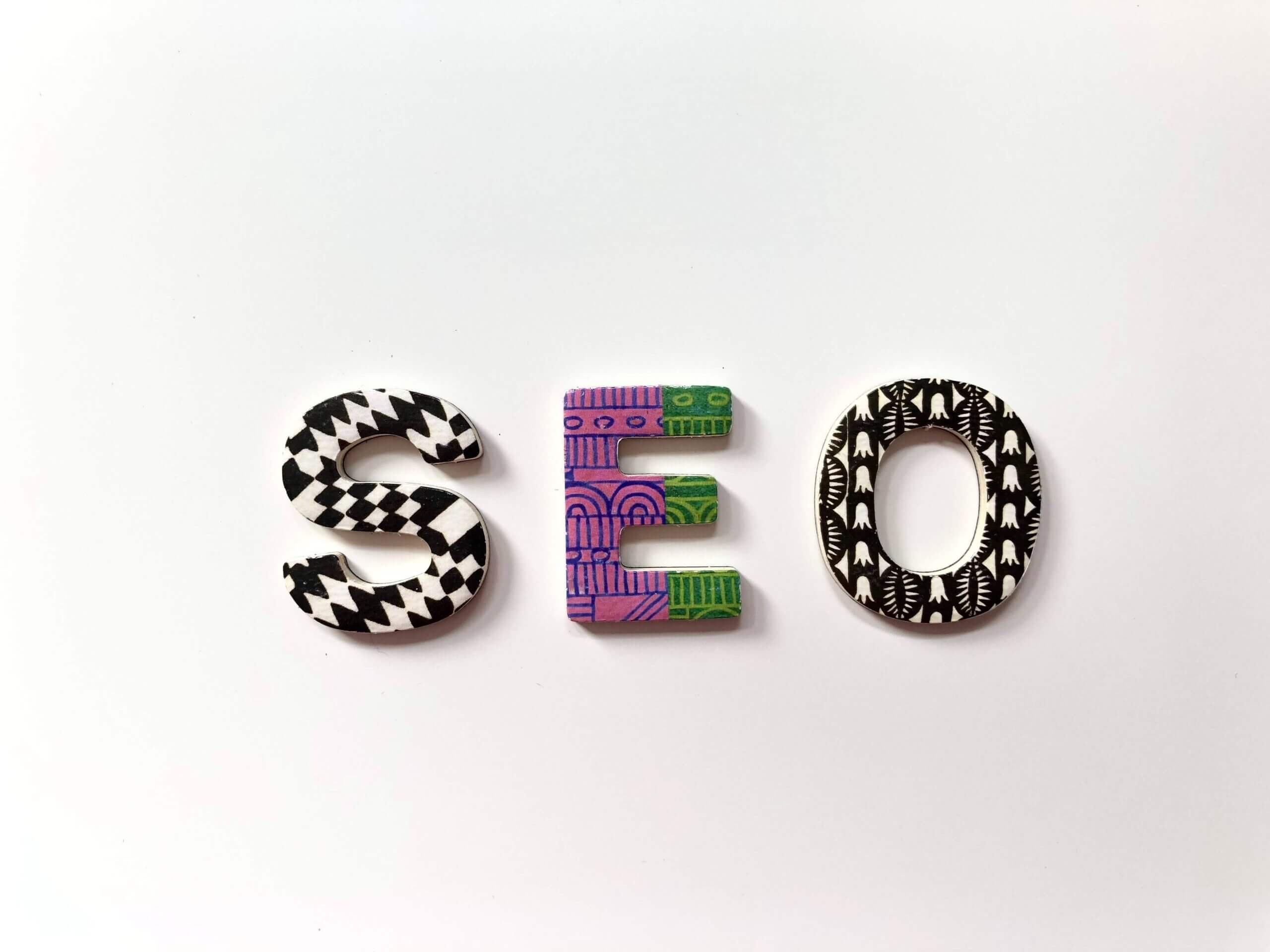What Are Internal Links, How They Help SEO, and How to Optimise Them

Internal links are links you add to the content of your website to link one of your pages to another. They are a great way to keep visitors on your website as well as to help them find what they are looking for. Internal links are important to SEO as well.

Why Internal Links are Important to SEO?
Internal links help Google understand how content relates to other content. They also help Google find content on your website.
Link value, or link equity, is another important factor to consider.
Google attributes a value to backlinks you have on a website page. The page that gets the backlink isn’t the only one that gets that value, though. This is because Google passes on link value to all the other links on that page, i.e. the internal links.
So, adding internal links to your website’s pages maximises the benefits of each backlink you get.
Internal Links in Menus and Other Navigational Tools
Links in your main menu, secondary menu, and other navigational elements are important to a good internal linking strategy. As a result, ensuring your menus are optimised is important.
You need to go further than this, however, by adding links to the content of your pages. There are lots of ways you can do this, including adding related posts and popular posts sections.
Linking within text on the page is essential too. Let’s look at how to do that effectively as it requires a bit of planning to get right.
Identify Your Most Important Content
The first step is to identify the best content on your website. This is usually content that is core to your business, products, or services. It is your cornerstone content.
Put simply, you need to link to this content as much as possible
Contextual Links
So, taking the above point, should you create lots of blog posts and add a link on each of them to your cornerstone pages?
Yes, but that’s only part of it. You also need to internally link between non-cornerstone content. These links will provide context to Google and your visitors by connecting content on similar topics together.
It also helps to add internal links from cornerstone content to other pages on your site, particularly those that link to the cornerstone content
An Example
Here is an example of how the above might work.
Homepage
Blog
- Blog post 1
- Blog post 2
- Blog post 3
- Blog post 4
- Blog post 5
- Blog post 6
A good internal linking strategy will look like this:
- The homepage should have a link to the cornerstone content
- All the blogs should link to the cornerstone content
- The cornerstone content should also link to each of the blogs
- Blog posts 1, 3, and 6 are all on similar topics in this example. Therefore, they should all link to each other.
- Blog posts 2, 4, and 5 are all on similar topics, so they should all link to each other.
Don’t Over-Optimise Anchor Text
One final thought in relation to this topic concerns anchor text. Anchor text is the text that contains the link on your website’s page. It’s important as it’s potentially damaging to over-optimise anchor text.
Back to the example to explain this, let’s say the topic for the cornerstone content is “Home Renovations Contractor”. You will over-optimise the anchor text when linking to this page if you always use the phrase “home renovations contractor”. The better approach is to vary the anchor text as much as possible.
Implementing an Internal Linking Strategy
If you don’t already add internal links to your content, you will need to spend time or resources adding them. Once you get in the swing of it, though, adding internal links to your content will start to happen naturally.


Comments are closed.